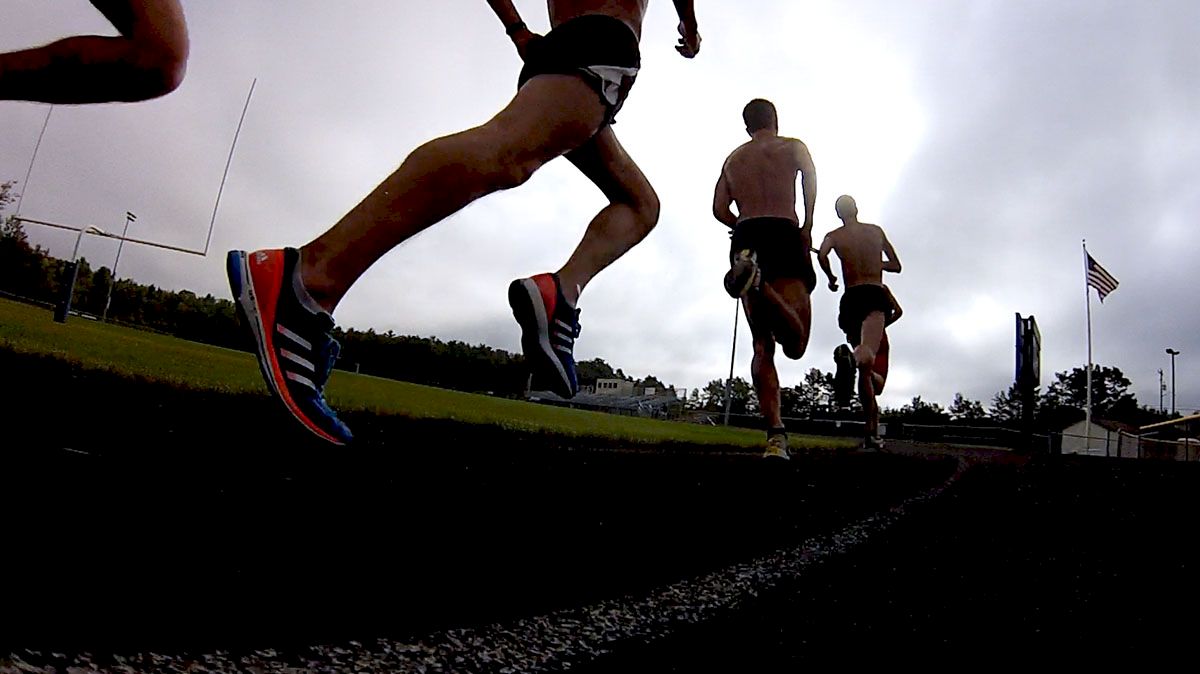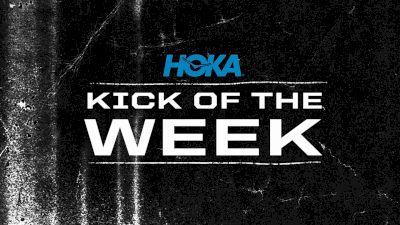USATF & The Resurgence of American Distance Running
USATF & The Resurgence of American Distance Running

USATF & The Resurgence of
American Distance Running
by: Ryan Craven
In a recent release, the USATF announced that the search for a new CEO is almost over. “We have said from the start that we will not rush the process, but we recognize and are aware of the urgency to secure a new executive, particularly as the 2012 Olympics near,” said Steve Miller. This phrase has troubled me ever since I read the press release and has made me wonder what kind of impact a new CEO can truly have.
I can’t help but question the appeal of the position itself after the public nature of former CEO Doug Logan’s dismissal. Even if a quality candidate is chosen for the position, will they be able to execute anything of real consequence? Love him or hate him, Logan brought some solid ideas to the table and further was willing to risk (and lose) his job for them. Whether his ideas didn’t come to full fruition or they were simply too controversial, every step Logan took seemed to lead him to unemployment. Any project the new CEO undertakes in the following months will be attempted with a constant reminder that if he or she can’t get it done, there’s always the door. For better or worse, Logan tried to tackle a great deal of issues that plagued track & field and all that came of it was an embarrassing lawsuit. Meanwhile, with each slandering article and accusation, the position of CEO became more and more stigmatized.
Throughout the search for a new CEO, some of the brightest minds in track and field have publicly declared that they have no interest in the position. Oregon coach Vin Lananna and NYRR’s Mary Wittenberg have both gone out of their way to state their disinterest in the opportunity. Both have been quick to say that their job is already the best there is in track and field—and in many ways they are. Lananna and Wittenberg are able to use their respective organizations and resources to accomplish what the USATF cannot. They are both able to put on high quality championship events that attract large amounts of spectators as well as the country’s top athletes. Meanwhile, the USATF struggles with attendance and doesn’t come close to attaining the talent levels of collegiate and high school sponsored championships.
Think of it this way…2010 was the year of Chris Solinsky. Chris spent the entire year shattering barriers and fighting for titles as he became America’s most explosive competitor. With so much on his plate, there was simply no room for events as trivial as the US Cross Country Championships, US Indoor Championships, or even the US Outdoor Championships. That’s right—one of our best athletes had no incentive to compete in a single major US championship as he instead chose to focus on events that both furthered his career as well as this country’s place in the sport. Yet, his accomplishments did nothing to solidify the place of this sport in our country.
As we await the announcement of the next suit and tie to walk through the doors of USATF, keep this in mind. For one, all my cynical views could be right, but at the end of the day they don’t stop athletes like Chris from accomplishing great things. Even if the USATF is as ineffectual as I suspect them to be, it won’t stop athletes from accomplishing great feats in the sport. Yet these accomplishments mean nothing if our top organizations can’t find a way to make them relevant or even accessible to the public. For years, our country has been waiting for a crop of athletes like the ones we now have. America has the talent—but can our governing bodies figure out what to do with all of it?
American Distance Running
by: Ryan Craven
In a recent release, the USATF announced that the search for a new CEO is almost over. “We have said from the start that we will not rush the process, but we recognize and are aware of the urgency to secure a new executive, particularly as the 2012 Olympics near,” said Steve Miller. This phrase has troubled me ever since I read the press release and has made me wonder what kind of impact a new CEO can truly have.
I can’t help but question the appeal of the position itself after the public nature of former CEO Doug Logan’s dismissal. Even if a quality candidate is chosen for the position, will they be able to execute anything of real consequence? Love him or hate him, Logan brought some solid ideas to the table and further was willing to risk (and lose) his job for them. Whether his ideas didn’t come to full fruition or they were simply too controversial, every step Logan took seemed to lead him to unemployment. Any project the new CEO undertakes in the following months will be attempted with a constant reminder that if he or she can’t get it done, there’s always the door. For better or worse, Logan tried to tackle a great deal of issues that plagued track & field and all that came of it was an embarrassing lawsuit. Meanwhile, with each slandering article and accusation, the position of CEO became more and more stigmatized.
Throughout the search for a new CEO, some of the brightest minds in track and field have publicly declared that they have no interest in the position. Oregon coach Vin Lananna and NYRR’s Mary Wittenberg have both gone out of their way to state their disinterest in the opportunity. Both have been quick to say that their job is already the best there is in track and field—and in many ways they are. Lananna and Wittenberg are able to use their respective organizations and resources to accomplish what the USATF cannot. They are both able to put on high quality championship events that attract large amounts of spectators as well as the country’s top athletes. Meanwhile, the USATF struggles with attendance and doesn’t come close to attaining the talent levels of collegiate and high school sponsored championships.
Think of it this way…2010 was the year of Chris Solinsky. Chris spent the entire year shattering barriers and fighting for titles as he became America’s most explosive competitor. With so much on his plate, there was simply no room for events as trivial as the US Cross Country Championships, US Indoor Championships, or even the US Outdoor Championships. That’s right—one of our best athletes had no incentive to compete in a single major US championship as he instead chose to focus on events that both furthered his career as well as this country’s place in the sport. Yet, his accomplishments did nothing to solidify the place of this sport in our country.
As we await the announcement of the next suit and tie to walk through the doors of USATF, keep this in mind. For one, all my cynical views could be right, but at the end of the day they don’t stop athletes like Chris from accomplishing great things. Even if the USATF is as ineffectual as I suspect them to be, it won’t stop athletes from accomplishing great feats in the sport. Yet these accomplishments mean nothing if our top organizations can’t find a way to make them relevant or even accessible to the public. For years, our country has been waiting for a crop of athletes like the ones we now have. America has the talent—but can our governing bodies figure out what to do with all of it?
Related Content
 Grand Slam Track: What's All Happened In Their First Three Months?
Grand Slam Track: What's All Happened In Their First Three Months?Sep 19, 2024
 Sean Carlson Already Making Waves As Coach At Colorado
Sean Carlson Already Making Waves As Coach At ColoradoSep 19, 2024
 Olympic Bronze Medalist Melissa Jefferson Signs With Grand Slam Track
Olympic Bronze Medalist Melissa Jefferson Signs With Grand Slam TrackSep 19, 2024
 How to Watch: The Running Event 2024 | Track and Field
How to Watch: The Running Event 2024 | Track and FieldSep 18, 2024
 HOKA Kick of the Week: Down To The Wire Finish In Ohio
HOKA Kick of the Week: Down To The Wire Finish In OhioSep 18, 2024
 Diamond League Announces Prize Money Increase For 2025
Diamond League Announces Prize Money Increase For 2025Sep 18, 2024
 Ventura High School's Sadie Engelhardt Preps For Woodbridge XC Classic | Workout Wednesday
Ventura High School's Sadie Engelhardt Preps For Woodbridge XC Classic | Workout WednesdaySep 18, 2024
 Graham Blanks, OSU No. 1 In FloTrack College XC Rankings Presented by HOKA
Graham Blanks, OSU No. 1 In FloTrack College XC Rankings Presented by HOKASep 17, 2024
 Doris Lemngole, NAU Atop FloTrack College XC Rankings Presented by HOKA
Doris Lemngole, NAU Atop FloTrack College XC Rankings Presented by HOKASep 17, 2024